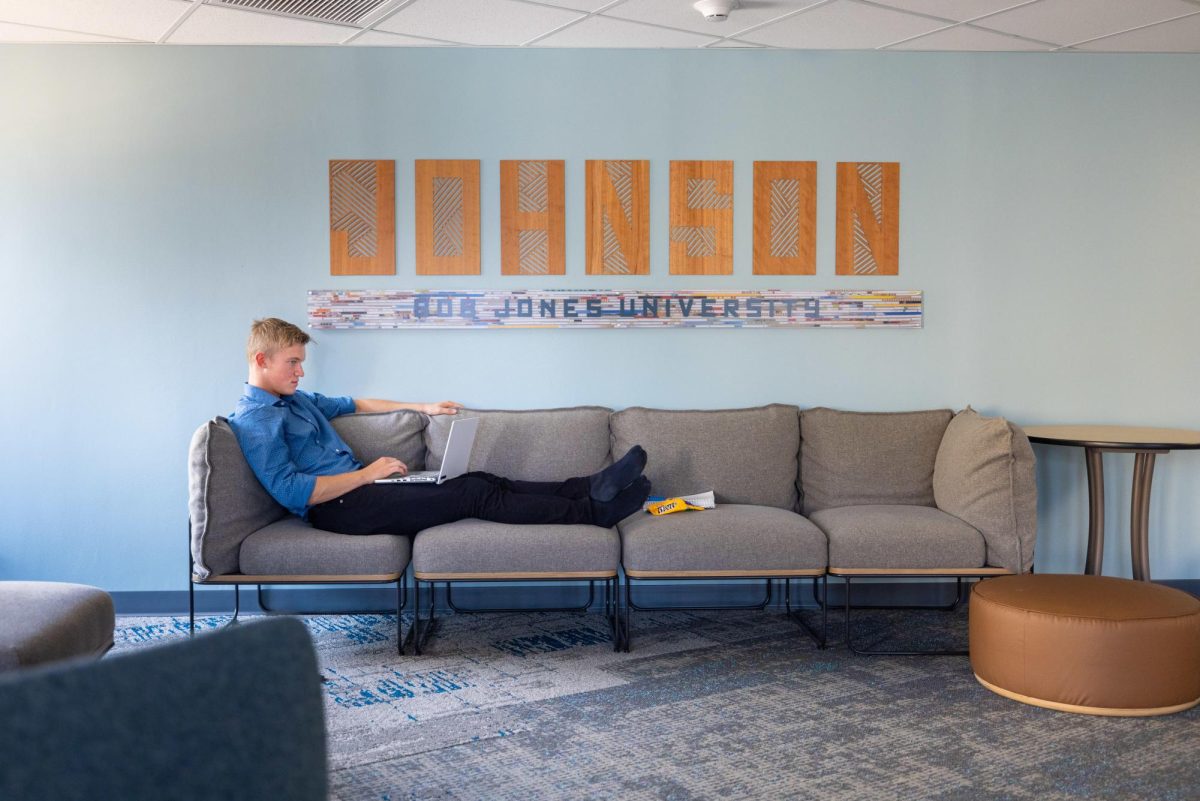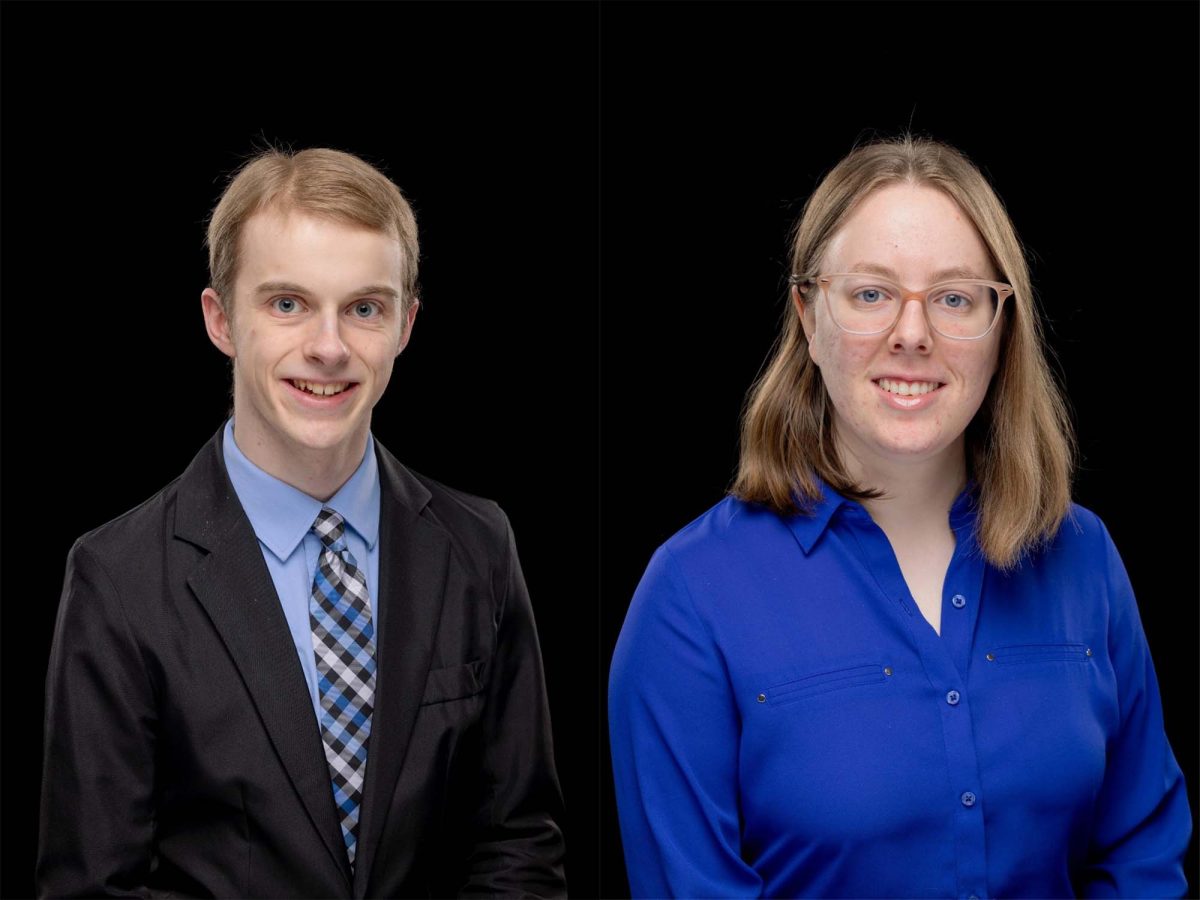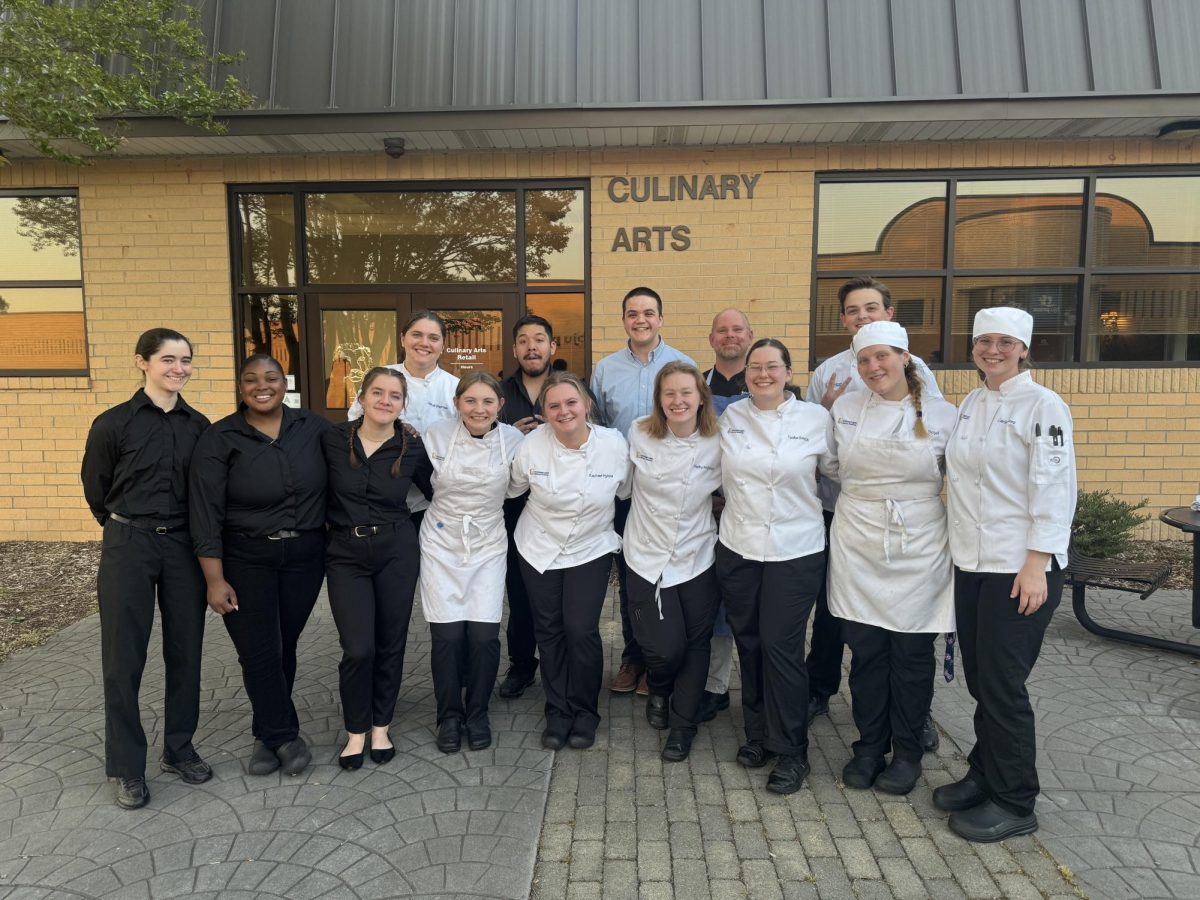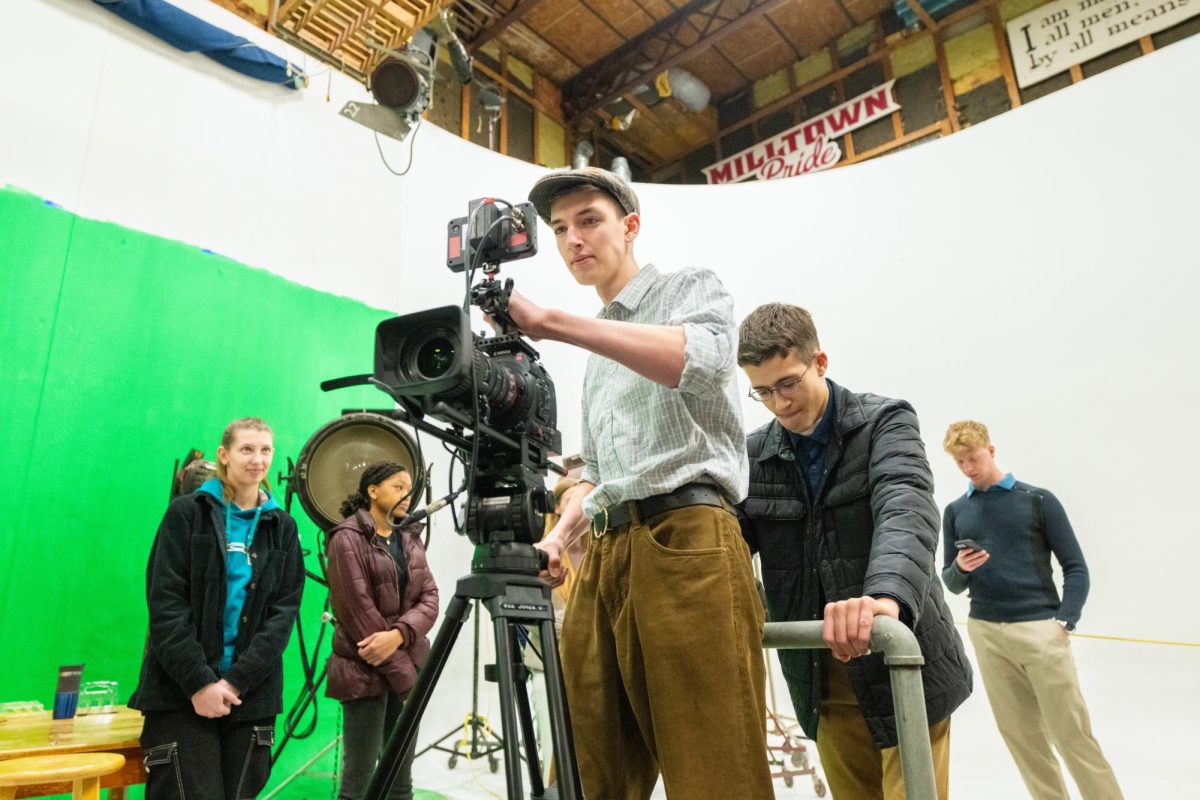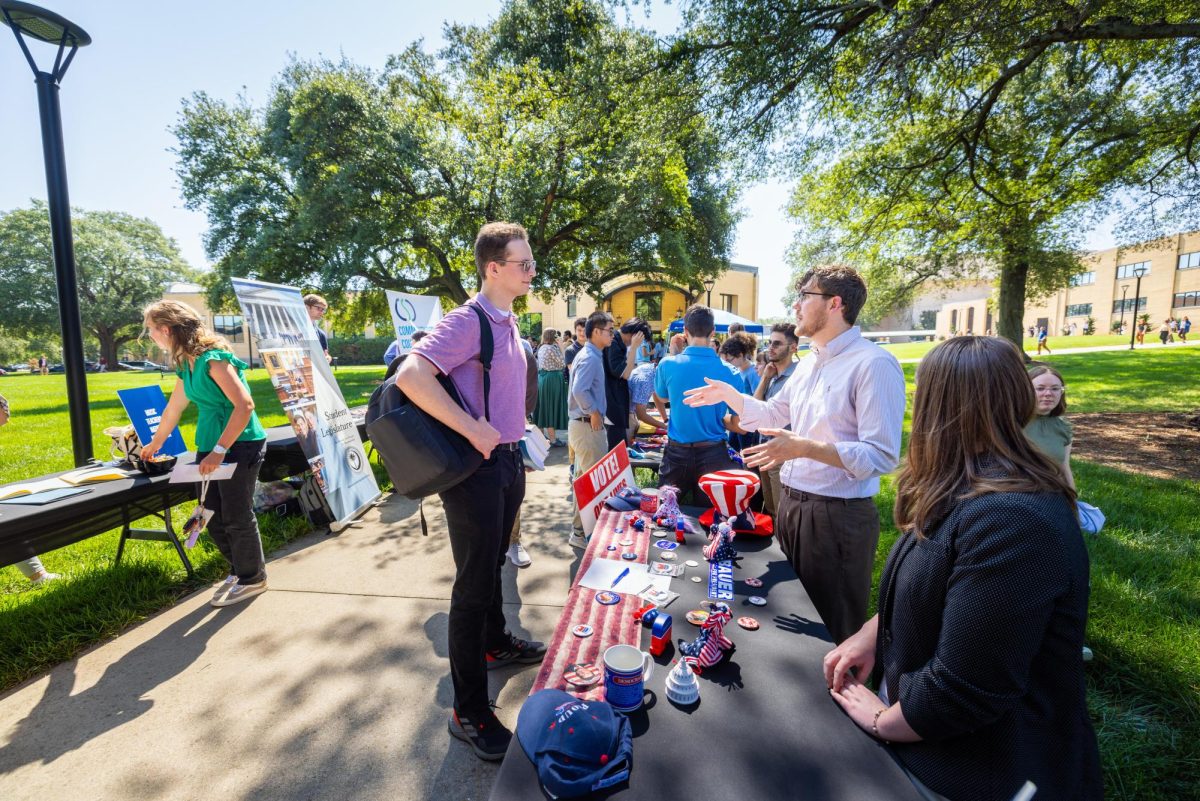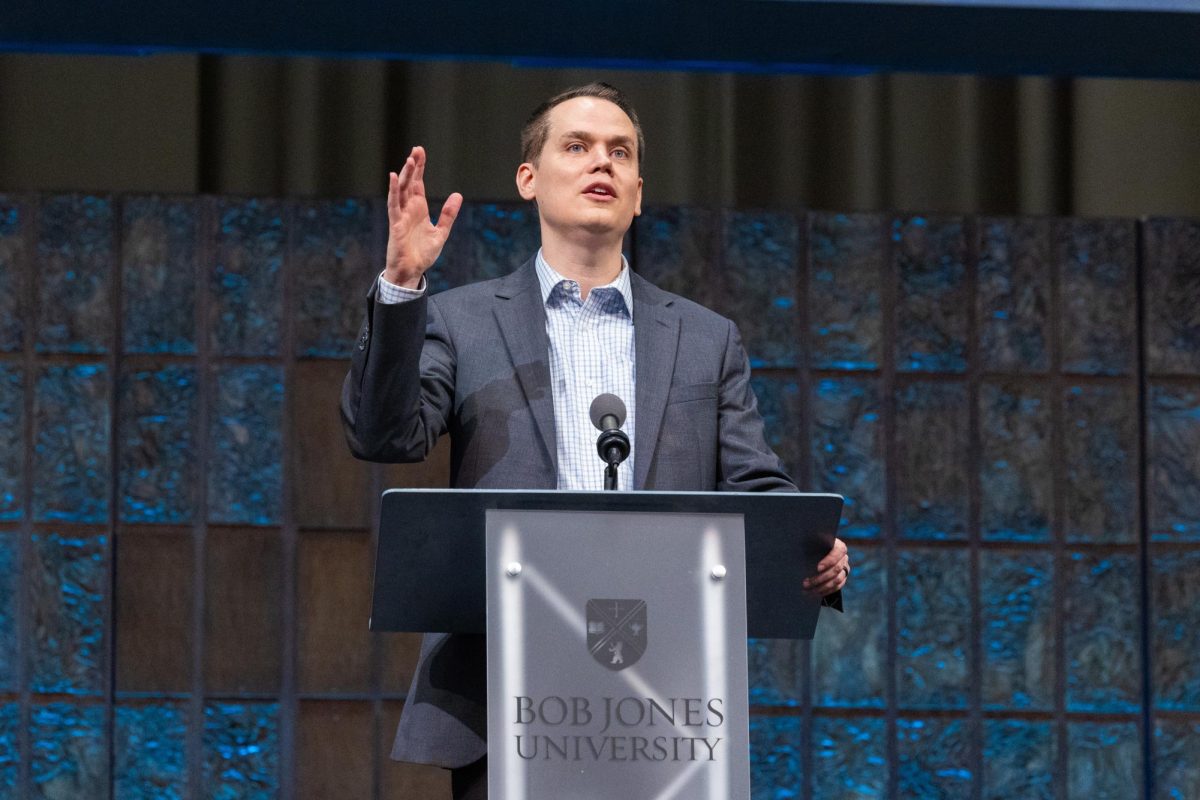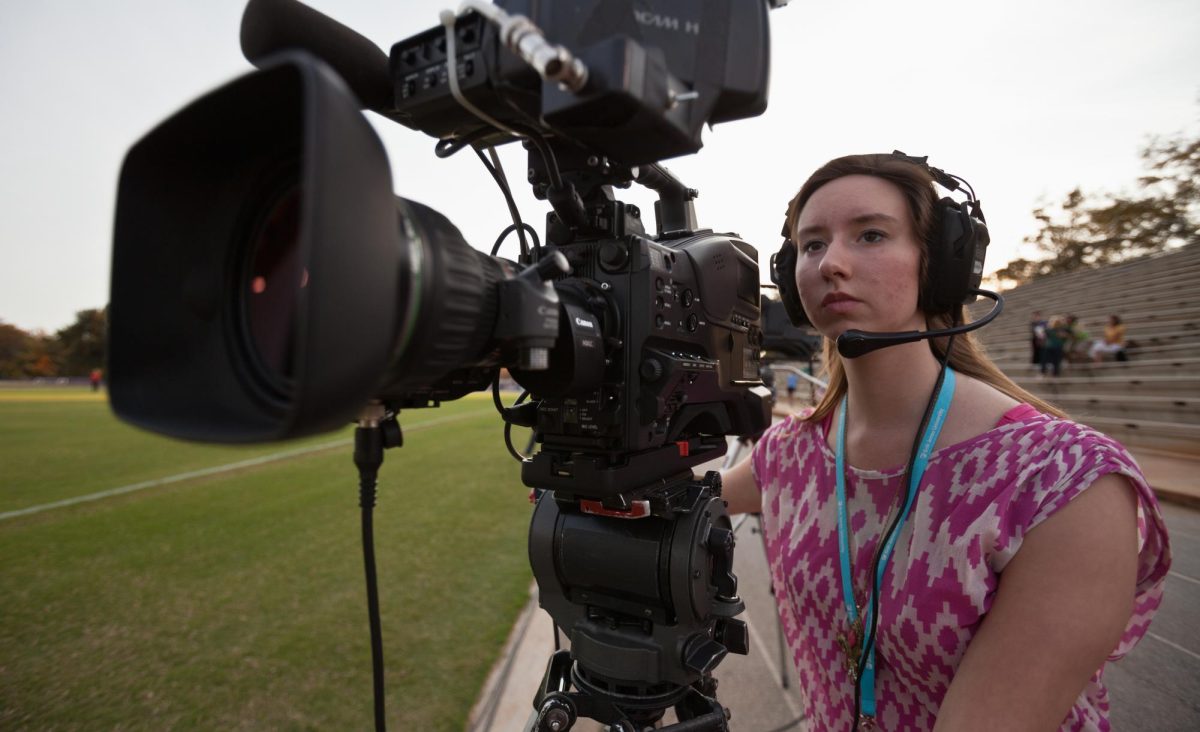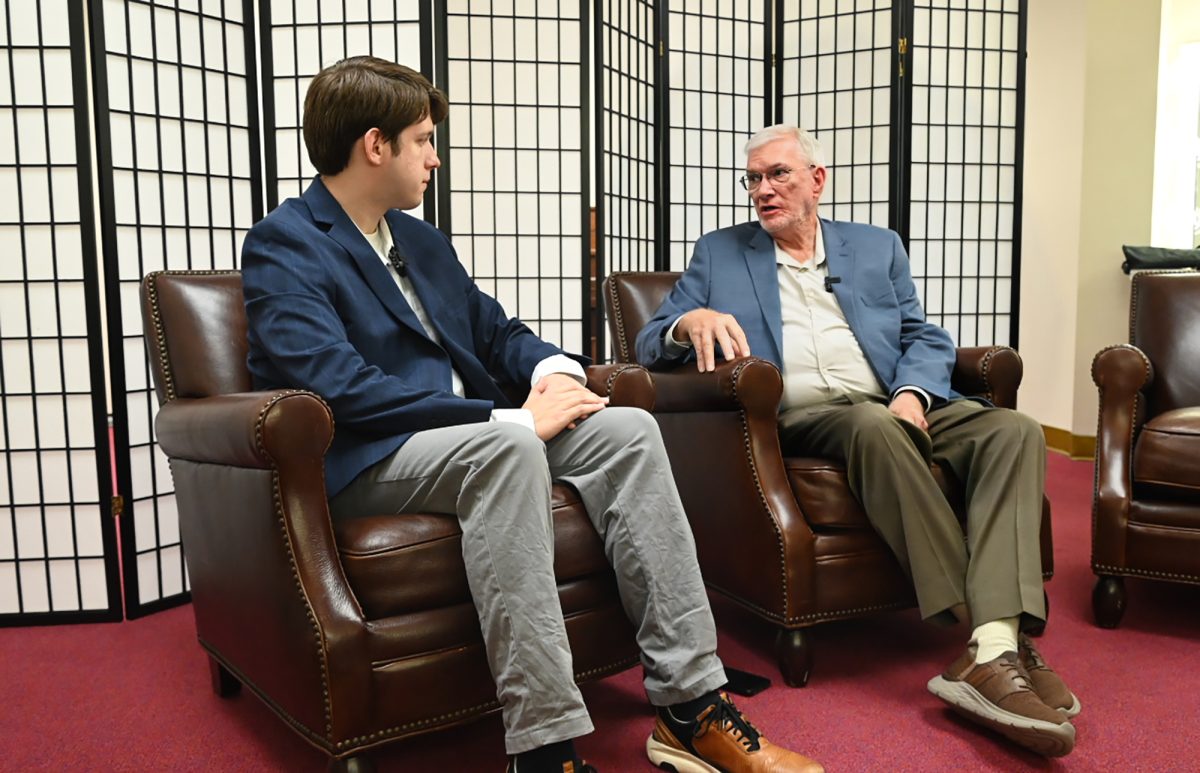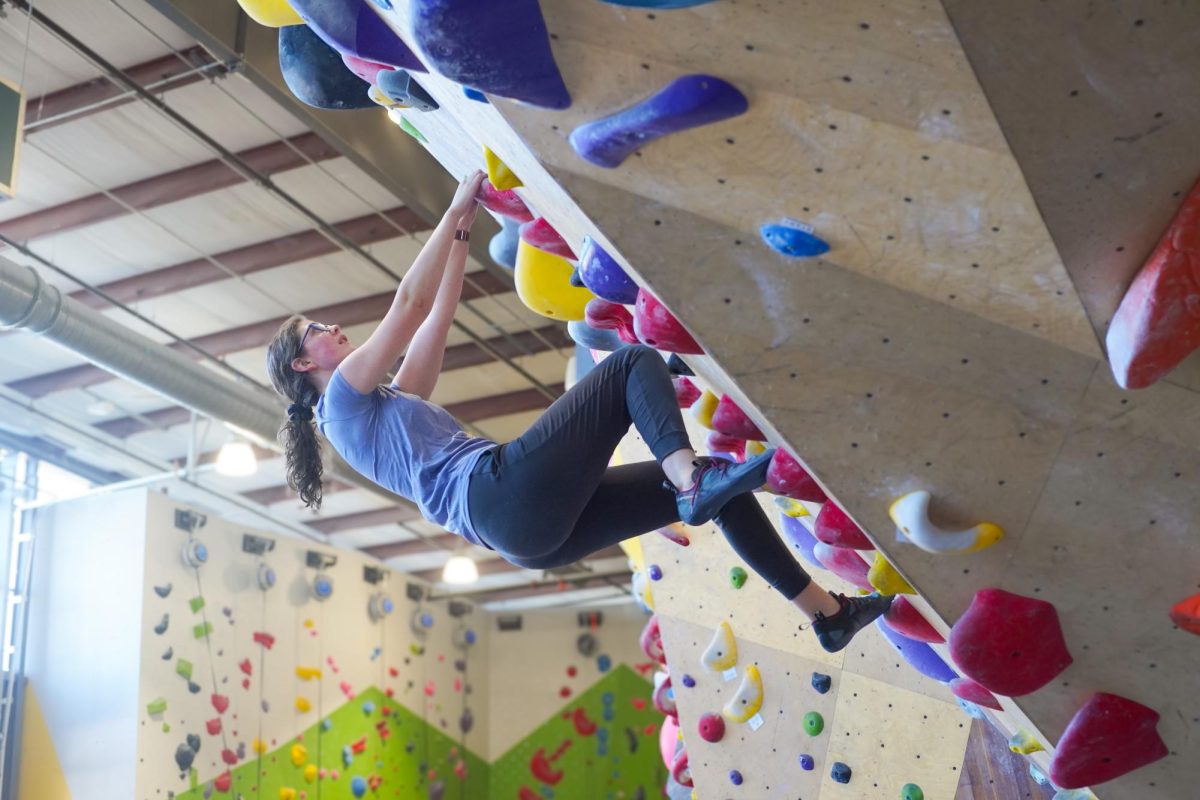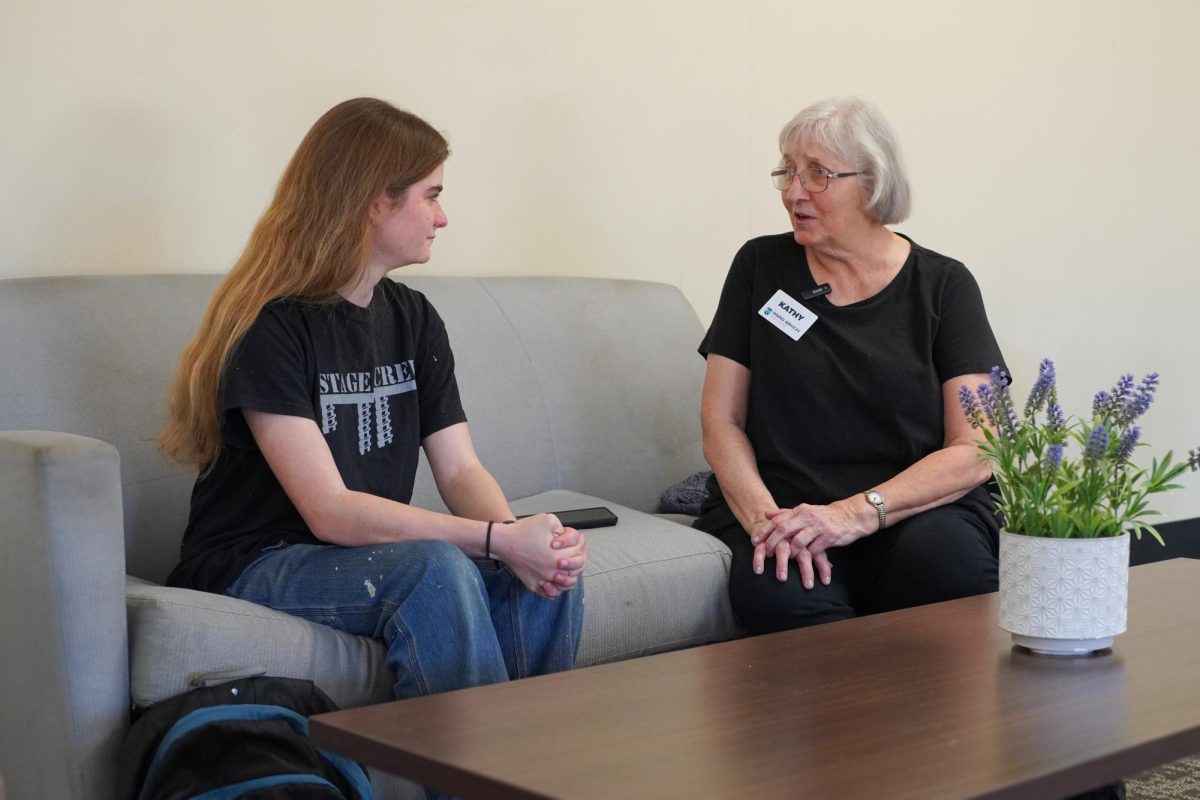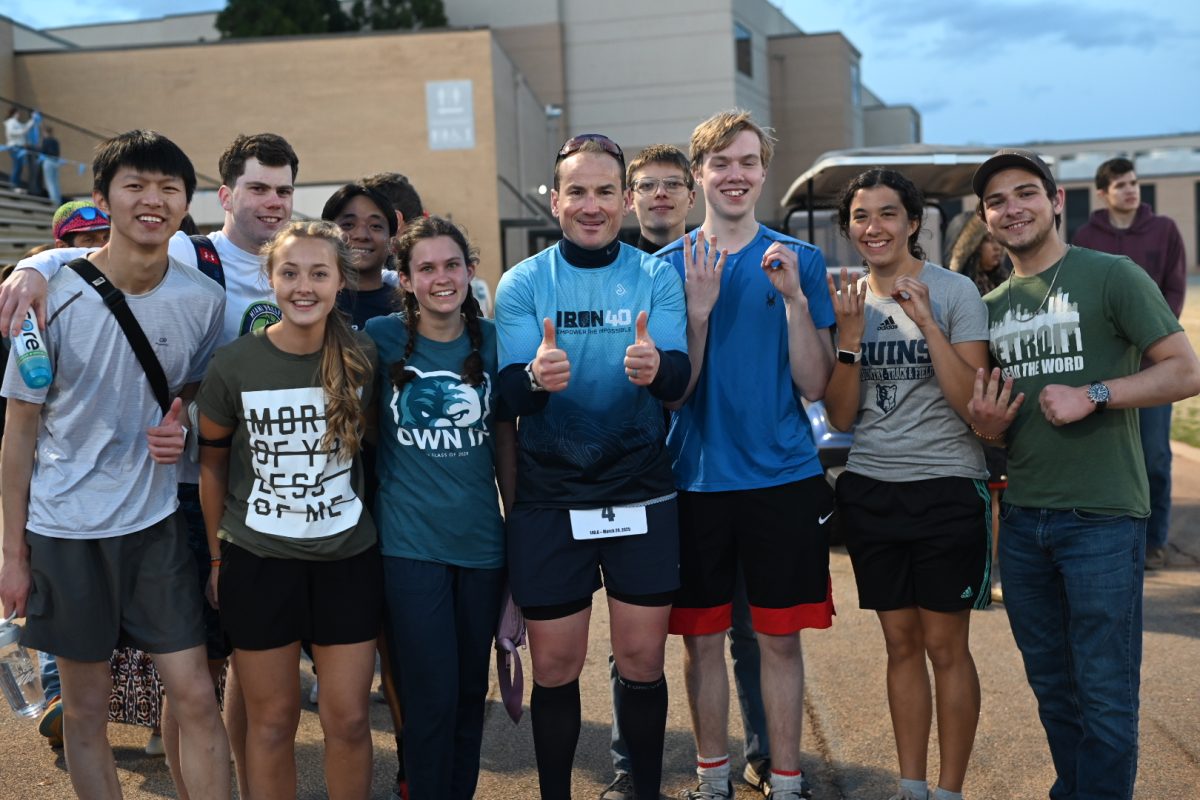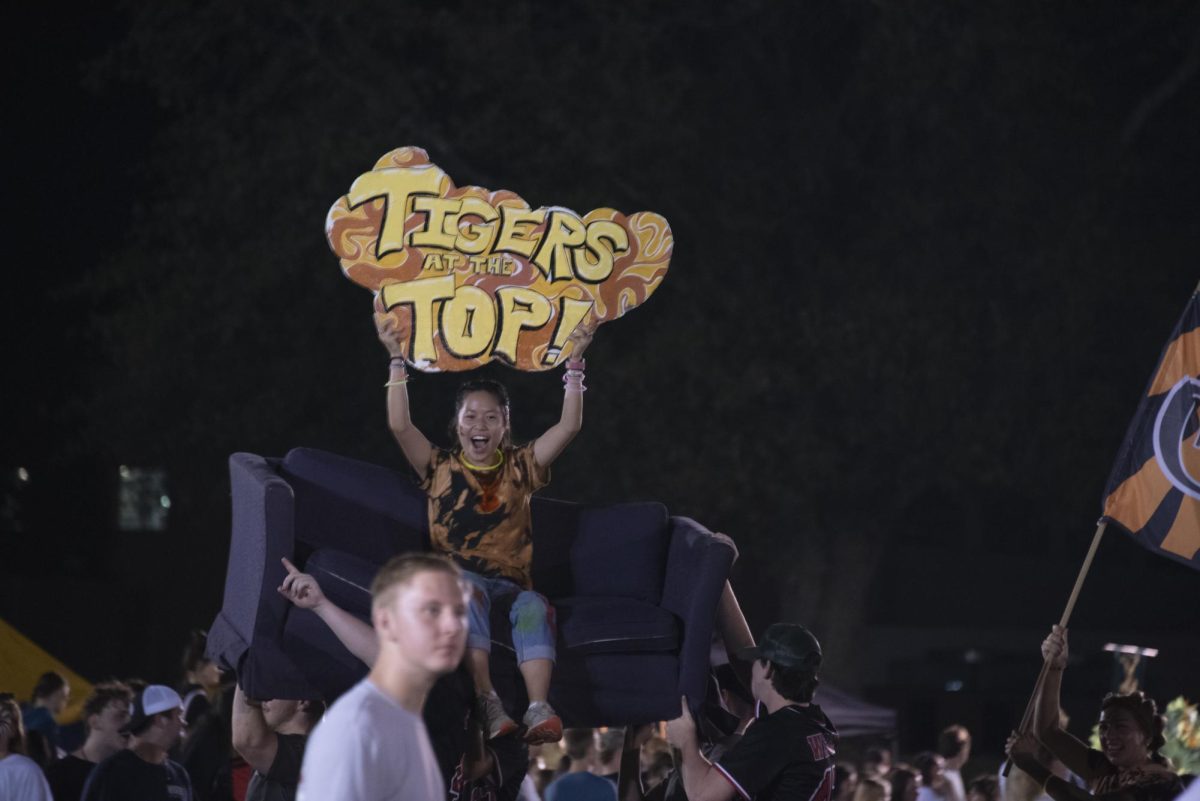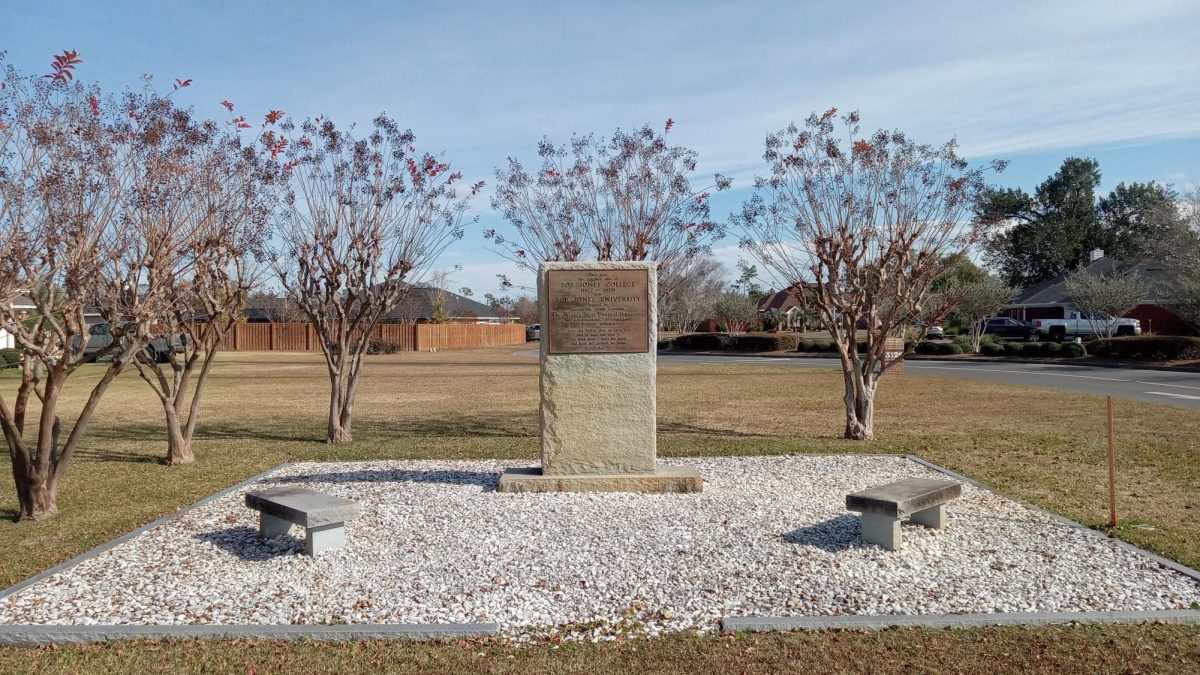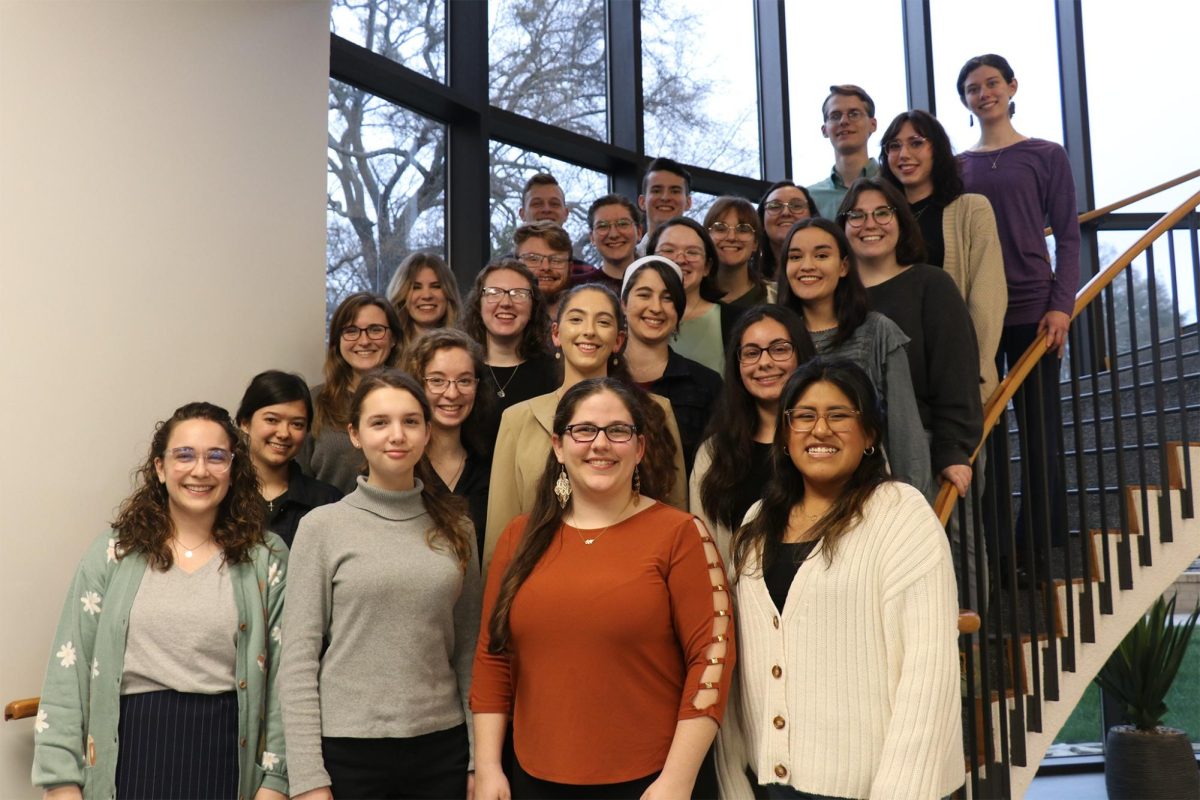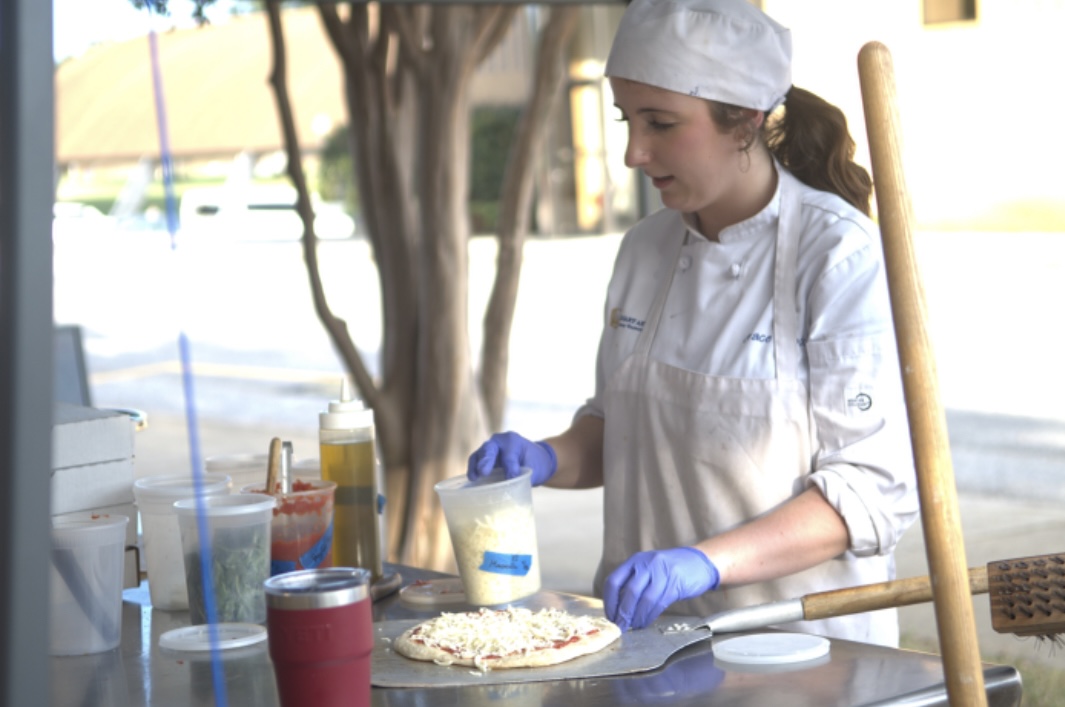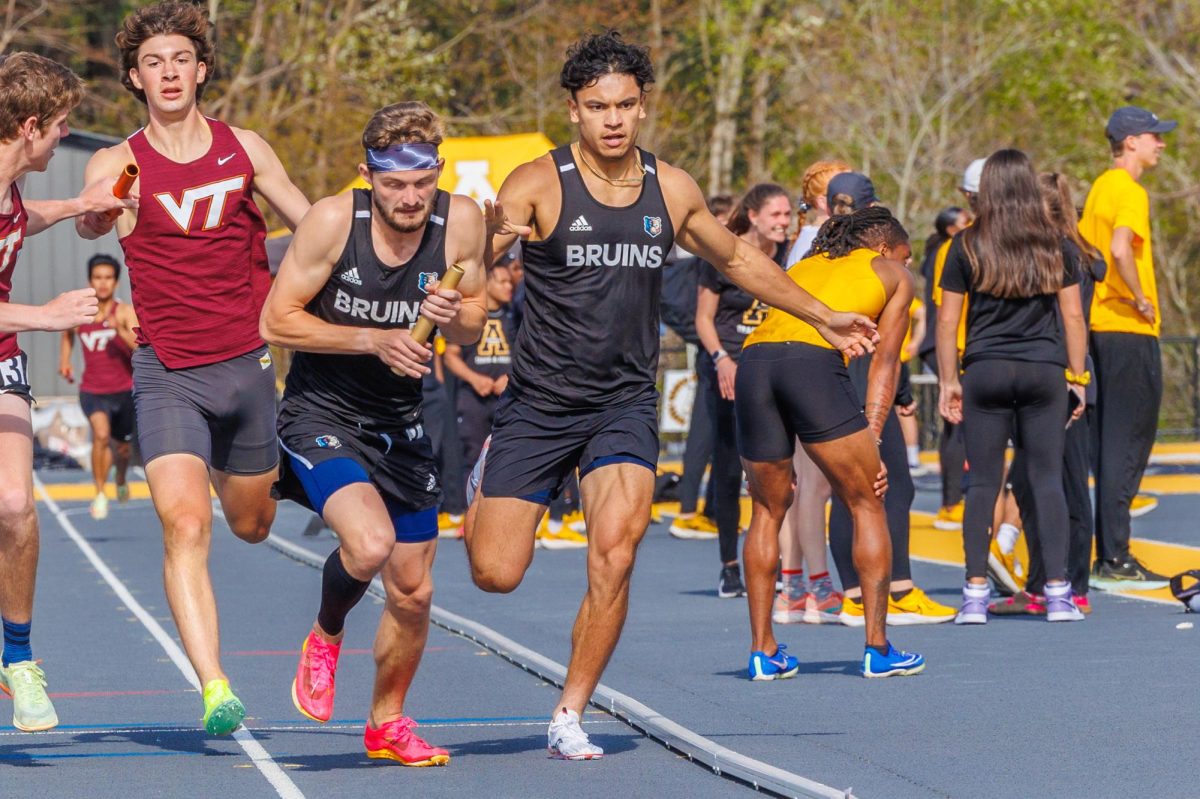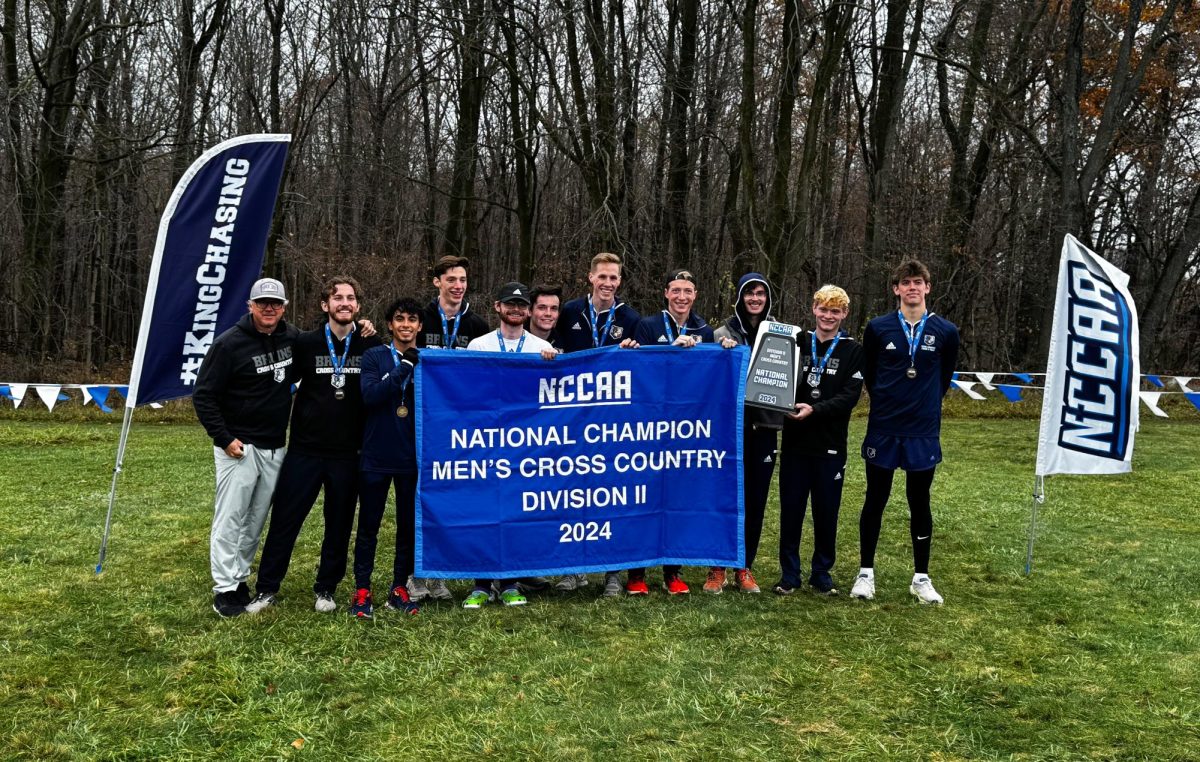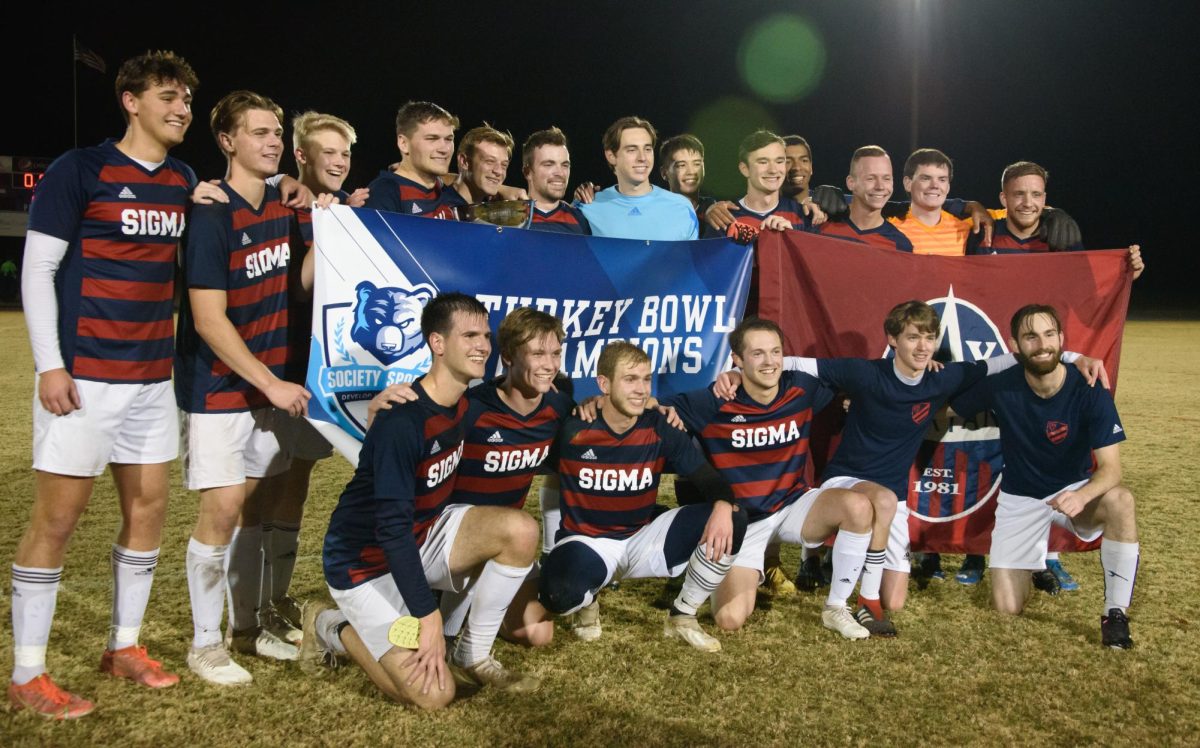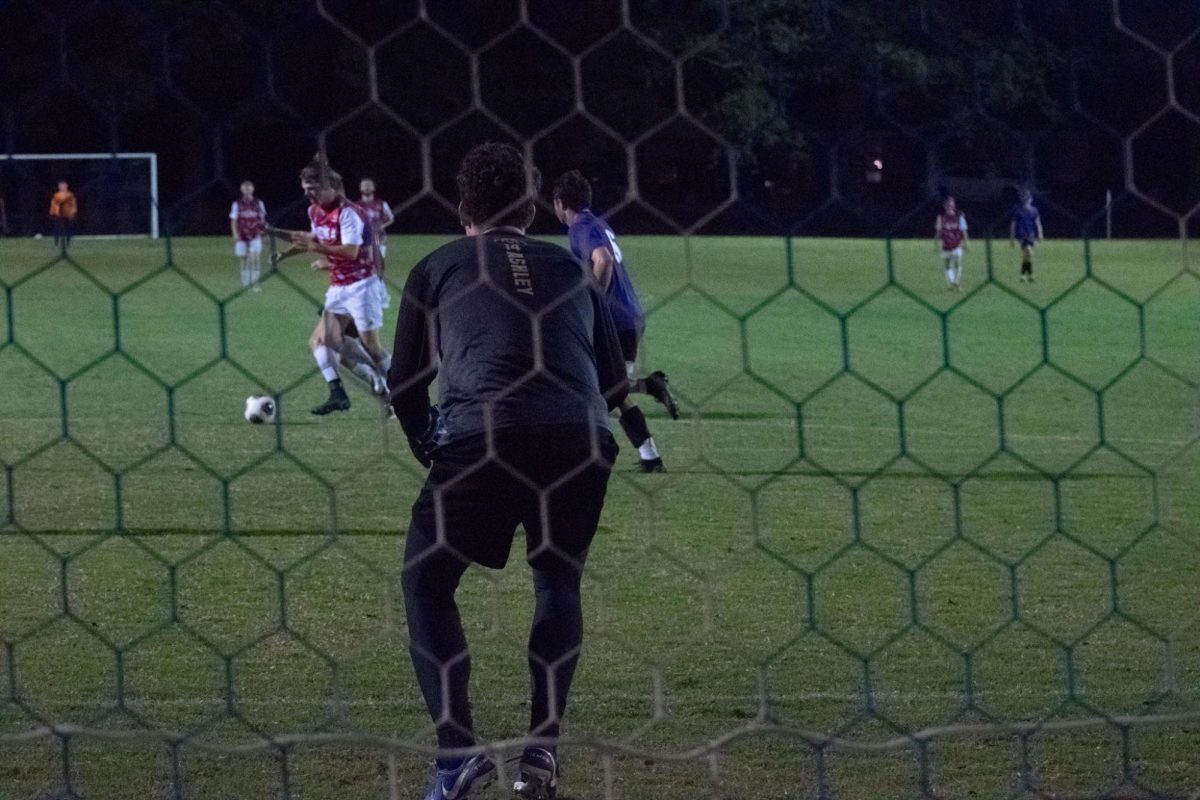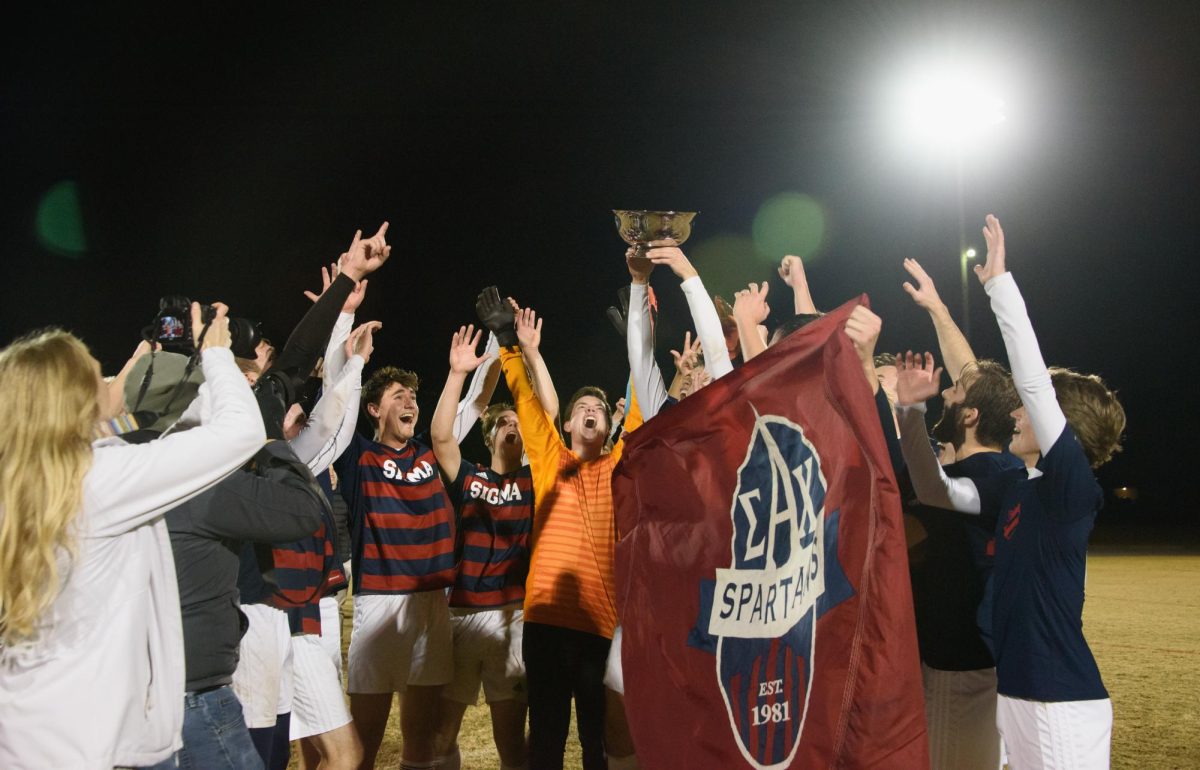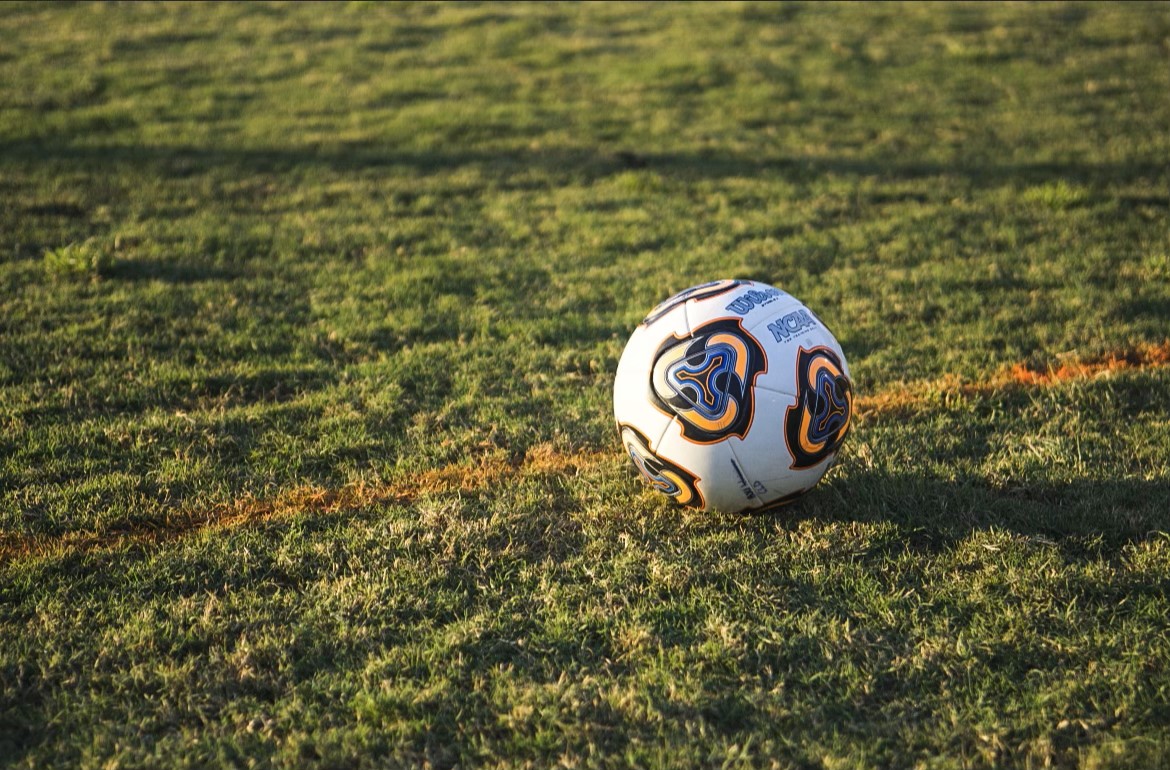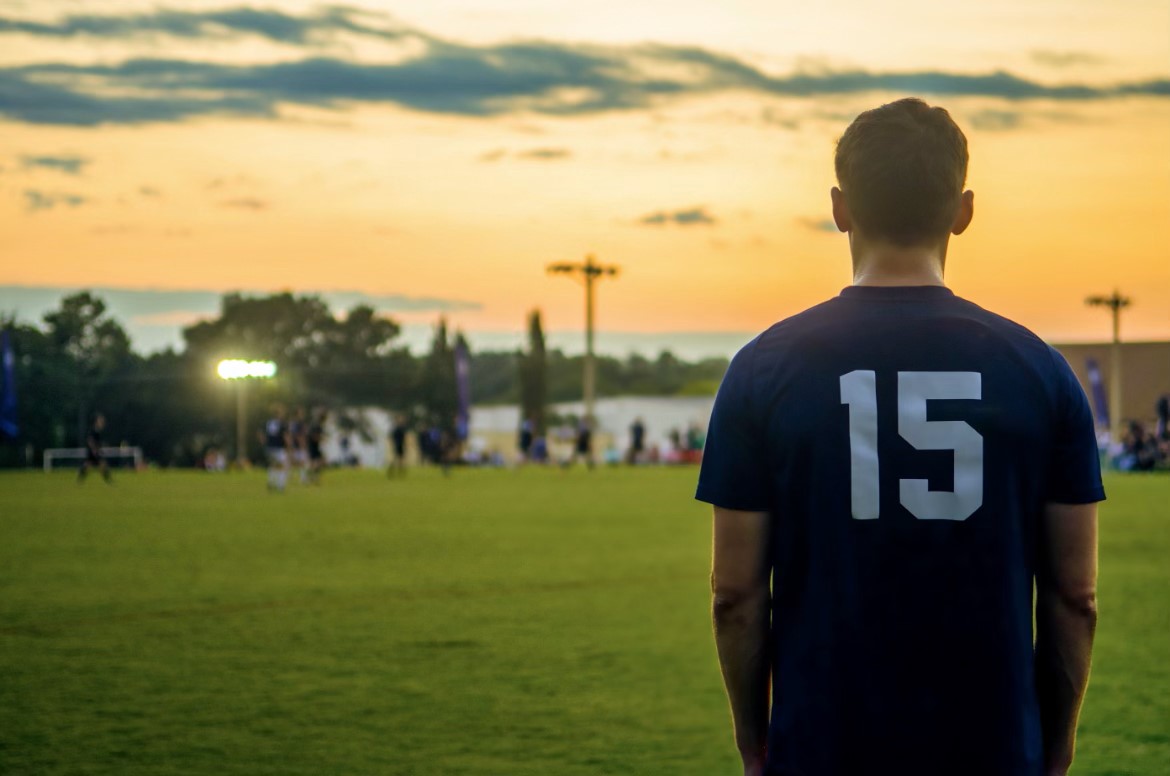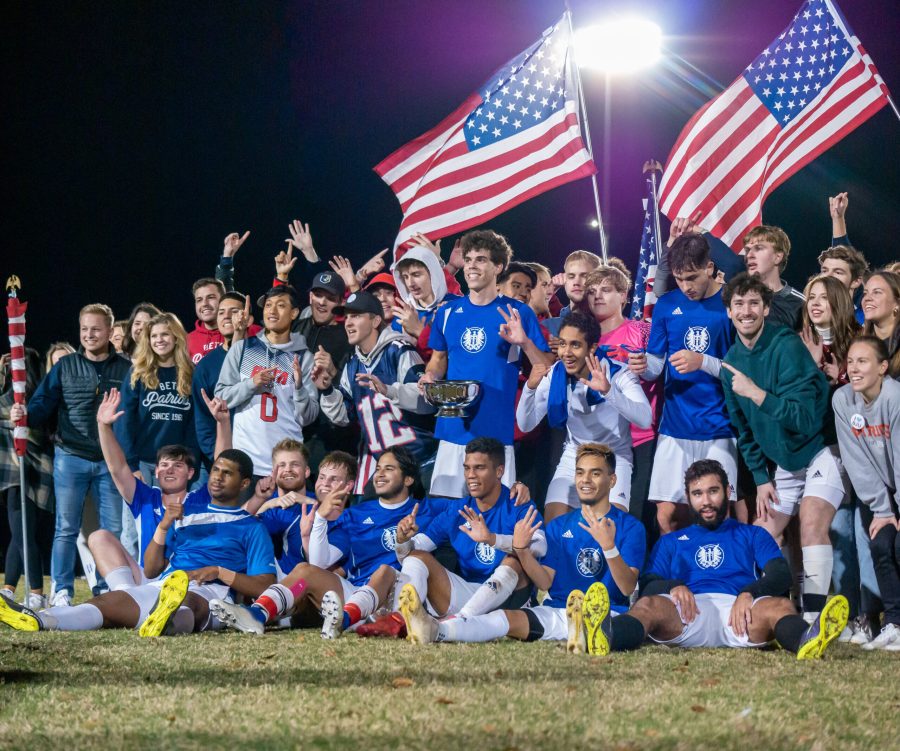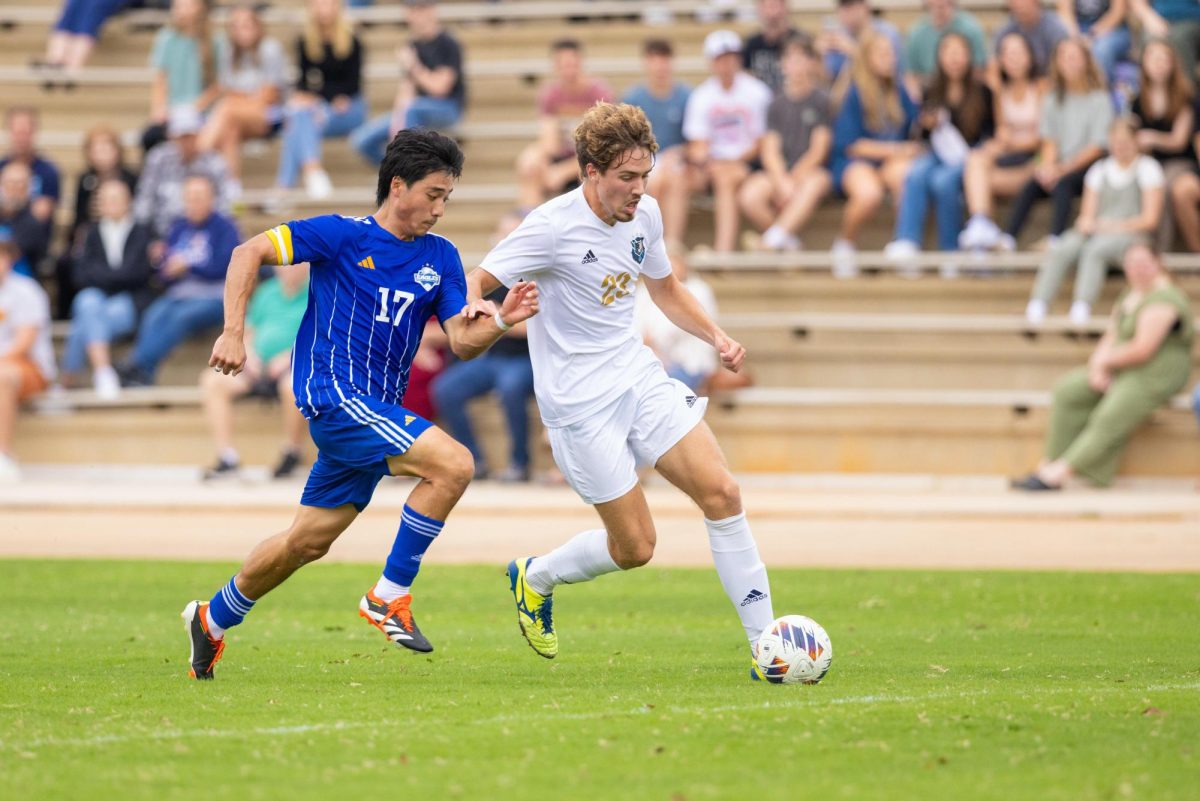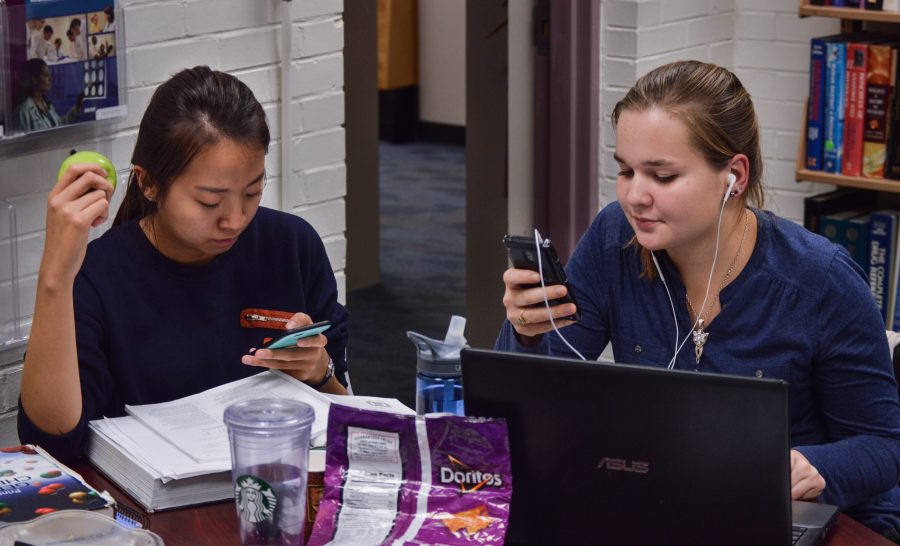Many students turn to technology in the classroom to send a quick text or email thinking they are multitasking.
Other students welcome the distraction of technology in the classroom thinking it helps them stay focused without completely losing interest in the lecture.
Multitasking is the word used to refer to this. But does such a thing actually exist?
Can students accurately perform more than one task at a time?
The short answer is no. Multitasking is hurting college students more than they think.
In a survey of more than 350 college students, researchers at the University of Connecticut discovered that students who multitask often in class have lower grades on average than those who multitask less often.
Texting is the most frequent multitasking distraction to students.
UConn found that close to 40 percent of students are unable to go more than 10 minutes without checking their phones or other devices.
The study also revealed that 64 percent of students text in class.
Many teachers at BJU have policies on technology use in the classroom. Dr. Sonia Johnson, program leader of middle level education at BJU, allows the use of laptops and tablets, but not cellphones, in her class.
“I think students take advantage of my policies. Students often use Facebook and other sites while in my class, [which] causes them to miss important information,” Johnson said.
The few seconds it takes to send a text is actually causing students to lose much more than a few seconds of learning.
The quick distraction causes the student to mentally step out of the classroom and spend the next several minutes trying to reconnect with the class lecture or discussion.
The student will never regain those moments of lost information.
Some teachers prohibit the use of any technology in the classroom, except by those needing special accommodations.
Dr. Brenda Schoolfield, professor in the Division of Social Sciences, said that technology can be useful in learning, but students should realize when it is time to put technology away.
“When you’re choosing to multitask, my advice would be to consider the cost—the time cost of multitasking.
“If you’re doing three things at one time, it might take you longer to do those three things than if you did one thing after the other,” Schoolfield said.
For some students, doing something else while sitting through a lecture aids listening.
“I need to physically be doing something instead of just sitting there, because then my mind will wander,” said Mollie Tune, a freshman early childhood education major.
Schoolfield suggests an alternative to technology to keep students’ mind on task.
“If all else fails, start doodling so that your hand can be moving even though your body can’t move, and your attention will be less likely to wander,” Schoolfield said.
Other professors are more lenient on technology restrictions in the classroom, but it depends on personal preference .
At times, technology can be a real aid to students in class work.
In modern language classes, online dictionaries prove to be much more efficient than traditional paper dictionaries.
Dr. Amos Kasperek, assistant professor of modern languages, has a policy reflecting both sides of technology.
“[Technology] is a tool; it’s a reality of the day we live in. Just like pretty much everything else in our lives it has a good use and a bad use,” Kasperek said.

